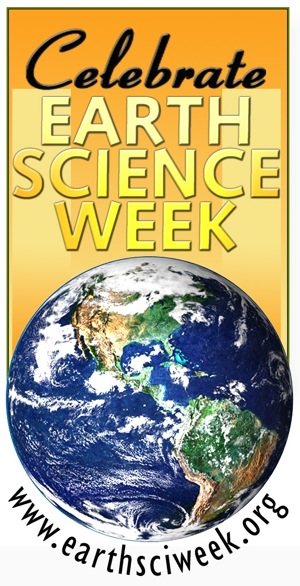 This year, Earth Science Week (October 14-20) celebrates "Discovering Careers in the Earth Sciences." Paul Renne, Director of the Berkeley Geochronology Center, has carved out his career analyzing the age of rocks all over the world.
This year, Earth Science Week (October 14-20) celebrates "Discovering Careers in the Earth Sciences." Paul Renne, Director of the Berkeley Geochronology Center, has carved out his career analyzing the age of rocks all over the world.
Why does he encourage students to pursue careers in science?
"One of the great things about science is that almost anyone can do it at some level. You don't have to be all-star athletic or movie-star glamorous. All you need is a love of learning how the world works," emphasizes Renne, who is also Professor in Residence of Earth and Planetary Sciences at UC Berkeley.
You can discover all kinds of cool things about how the world works, and many of the important things waiting to be discovered will benefit society in direct ways. For example, if we can figure out why certain organisms have gone extinct in the past, it will help us try to avoid creating those conditions in the future."
How did he find his career?
"My parents were very much into the outdoors, and I grew up camping and hiking and that kind of thing. My dad was a mathematician and he instilled a love of science in me. I didn't know what I really wanted to do as a career until I got to college. I had a roommate who was studying geology, and he used to come home from school and tell me about all the cool stuff he'd learned in geology classes. I got hooked right away—it was a way to do physical science and be in the field a lot!"
Why does calculating the age of rocks matter to him and to other scientists?
"I became a specialist in geochronology because dating rocks is a tool that is fundamental to many subfields in the Earth and planetary sciences. It lets me work in paleoanthropology and archeology, helping figure out the human family tree going back 6+ million years, or in paleontology figuring out exactly when the dinosaurs and many other organisms went extinct. By dating the event precisely, we can help identify the cause."
Howtosmile. org has hundreds of Earth science activities, including many rock activities like Paleontologists: Can You Dig It, which gets the youngest learners role-playing the work at a dinosaur dig; Layered Fossil Parfait, where learners discover that the deeper something is buried, the older it may be; Digging Into the Past, in which older learners simulate the work of scientists who take core samples of Earth's rocky layers to determine geological history; and Fossil Age Estimation Model, where learners practice estimating the age of "fossil discoveries" found among newspapers stacked in chronological order.